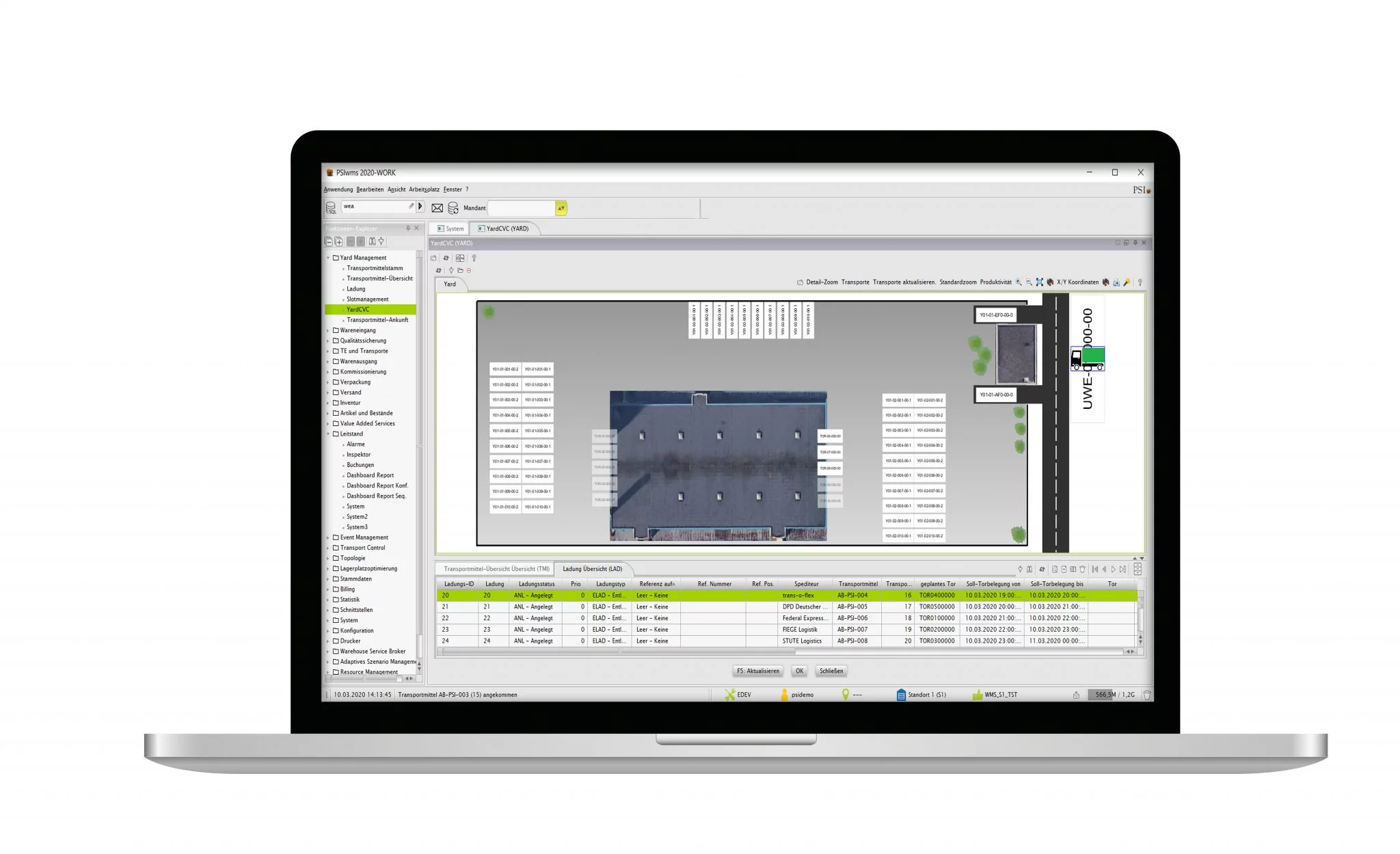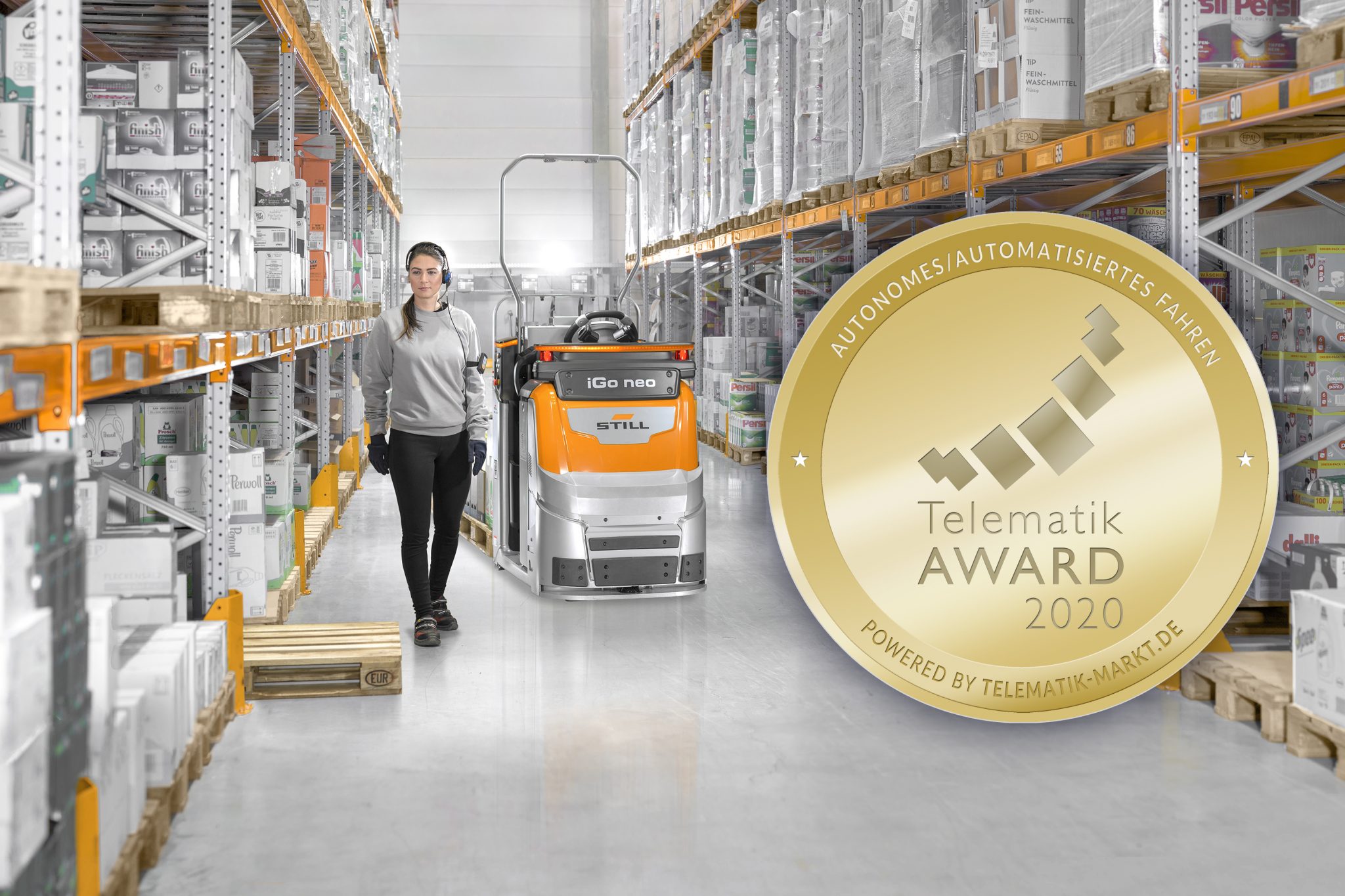Following the successful implementation of the ‘PSIwms’ warehouse management system from PSI Logistics GmbH, the decoration machine manufacturer Koenig & Bauer Kammann GmbH is running the processes for warehousing and production supply in an integrated IT infrastructure in the new central production site in Löhne, Germany.
More than 35,000 different assembly parts are stocked at the new location in Löhne, to which the company moved last October. The warehouse management system implemented for the process control of the material storage and picking as well as the supply of the assembly stations on time and in line with demand. Koenig & Bauer Kammann uses the PSIpenta ERP system as the superimposed software system for production planning and control. With the two PSI systems, the company now has an integrated, holistic IT infrastructure from materials receiving to production to shipping.
PSIwms has the relevant core and additional functions according to VDI 3601, as well as competition-differentiating functionalities such as event management, warehouse visualization and the modern PSI Click Design. It also offers interfaces to the enterprise resource planning system, to the material flow computer of the intralogistics provider Jungheinrich AG for controlling the semi-automatic narrow-aisle truck. In a second project step, 18 Kardex shuttles will be integrated into the process organization. Koenig & Bauer AG is a supplier of flexible, precise and efficient decoration machines for finishing glass, plastic and metal packaging using screen printing, hot stamping, digital printing and labeling.
Based on its own software products, PSI Group develops and integrates complete solutions for optimizing the flow of energy and material for utilities (energy networks, energy trading, public transport) and industry (metals production, automotive, mechanical engineering, logistics). PSI was founded in 1969 and employs 2,000 persons worldwide.






